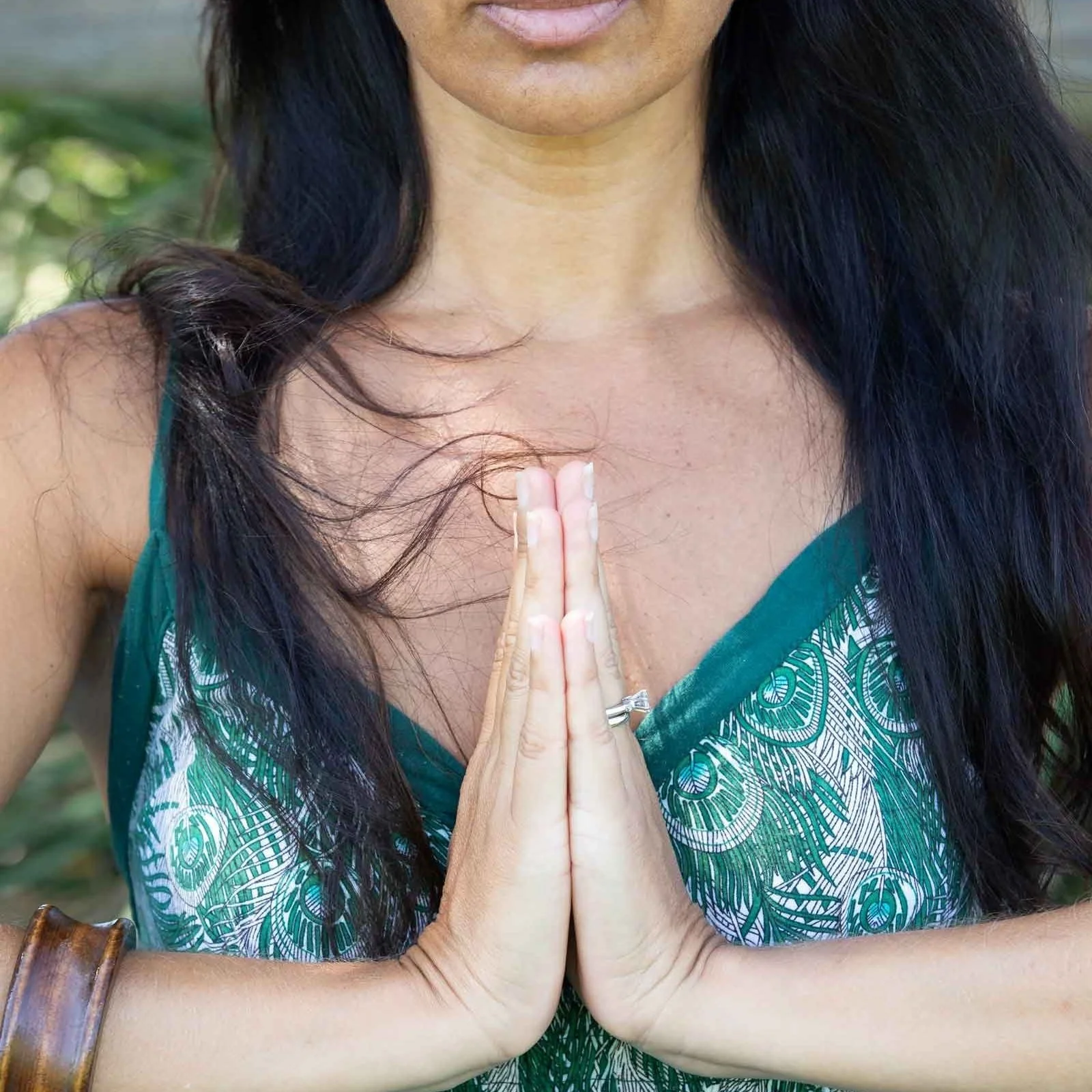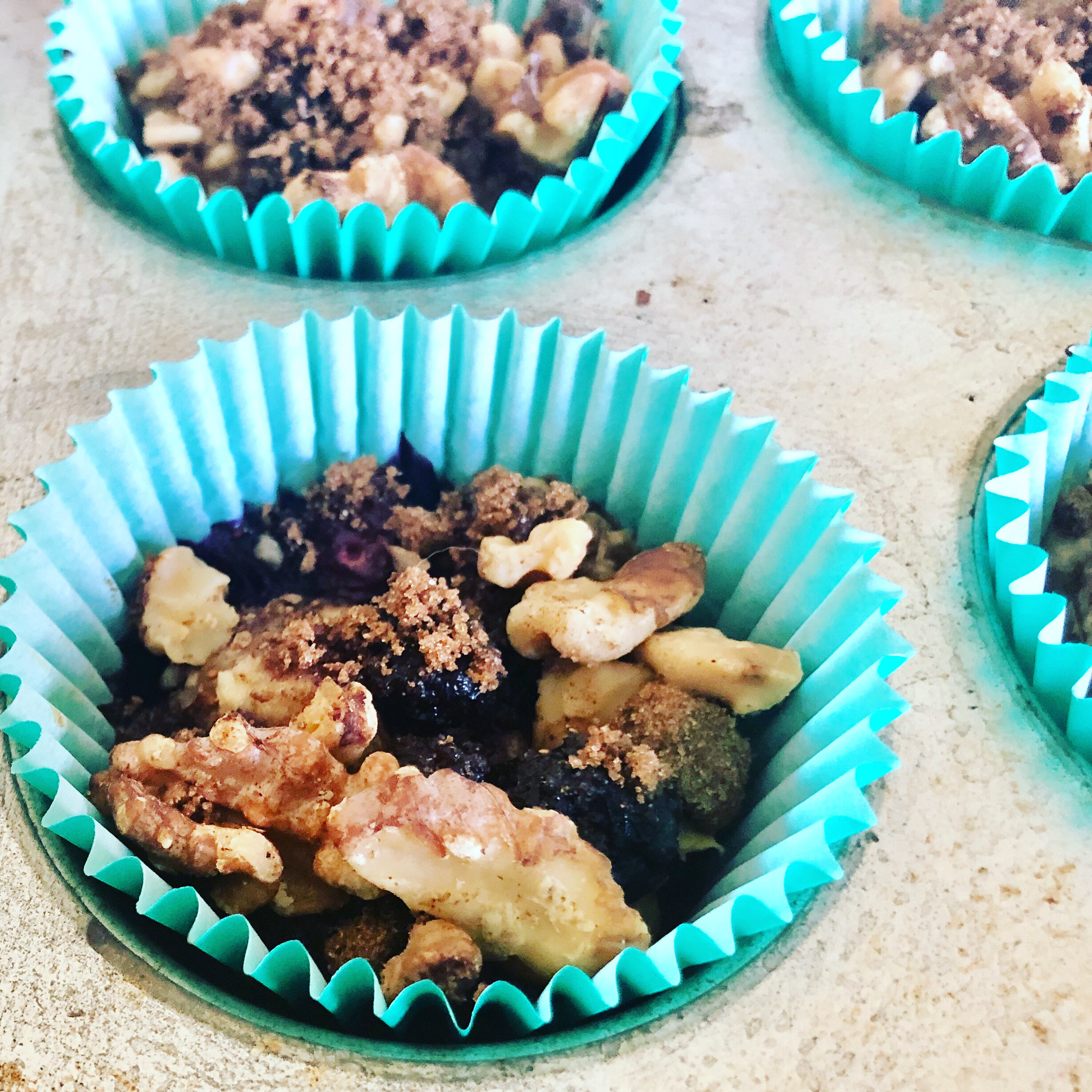My holistic approach to endometriosis
I was lying on the table, legs in butterfly pose, naked from the waist down except for the small sheet that never seemed to cover enough of my exposed body. I was back for yet another ‘female physio’ appointment in an attempt to better understand what was causing me so much pain and trauma.
As the physio gently manipulated and probed, she pushed against something deep inside toward my left pelvic area. I gasped and started to cry. They weren’t tears of pain, but rather relief. Finally, after more than four years of countless exams, scans, tests, medications and painful procedures, someone had physically located the pain. It was such a relief to know that I wasn’t crazy and the pain wasn’t all in my head.
It had been a long journey. The lowest point had been when I ended up in the emergency room on a public holiday, only to wait several hours for an X-ray before being told, “Why are you here? There’s nothing wrong with you.”
Endometriosis is a brutal condition. It affects 1 in 10 women during their reproductive years, or roughly 176 million women worldwide. Because it can present differently in each woman, and because some of the symptoms have been ‘normalised’ (painful periods, painful ovulation, heavy bleeding and fatigue, just to name a few), many women go undiagnosed or experience significant delays in diagnosis and treatment.
In my experience, traditional medical treatment wasn’t enough to offer relief. I tried medications and underwent procedures, and I did experience slight improvements. But the pain remained and it began to take not only a physical toll, but a mental and emotional one as well. I remember thinking, “There has to be a better way.” Thankfully, with pain comes growth and I’m happy to say that my battle with endometriosis was the catalyst for an incredible and life-changing transformation that I wouldn’t have otherwise undergone.
My doctors were amazing and I’m so grateful for everything they were able to do for me. But Western medicine was only the beginning; I had to make some serious lifestyle changes before I really started seeing significant improvements. I was already vegan, but my diet still consisted of a lot of processed foods. When I left the emergency room that day with no answers and feeling as though the pain was all in my head, I headed straight to the local fruit and veg shop and decided to go raw vegan for a week. Hippocrates famously said, “Let food be thy medicine and medicine be thy food.” So that’s what I was going to do! While a raw diet wasn’t a sustainable long-term option for me, I did notice a reduction in pain. Much of the inflammation in our bodies can be caused from the foods we eat. So eating a clean, healthy diet certainly helped to reduce some of the inflammation I was experiencing.
My doctors put me on a waiting list for surgery. In the meantime, they were experimenting with various medications to see if any of them would offer relief. Some of them helped marginally, but one big side effect was that my hormones and emotions were all over the place! In an effort to help support my body as best as possible during this time, I cut out refined sugar, started meditating and started prioritising sleep. All of these things made a tremendous difference and I still practice them to this day.
It was also during this time that I started experimenting with essential oils and working on my mental and emotional health. Somewhere in life, I’d learned to bury my feelings, internalise my fears and doubts, make work my top priority and not talk about things that were bothering me. As I learned more about the body’s energy systems – or chakras – I realised my sacral chakra was being impacted by the way I was living my life. I truly believe that long hours, high stress, no time for fun or creativity and shutting down emotionally had manifested in my body as endometriosis. Once I addressed these areas, I noticed a remarkable improvement in my pain. In fact, when I really started working on the deep-rooted issues and started healing emotionally, my physical pain all but disappeared.
I was on that surgery waiting list for 12 months. When the hospital called to book in my surgery date, I was delighted to tell them that I no longer needed it. “If you don’t have the surgery now, you will forgo your place on the list,” the receptionist warned. I listened to my body, and I knew surgery was not necessary.
That was back in 2017 and I’m still doing well. I suffer from some symptoms from time to time and have the occasional flare up. But I use it as a reminder to listen to my body, slow down, identify the fears, the emotions, or whatever else may be manifesting as physical pain and I do my best to let go. I remind myself how far I’ve come and how grateful I am for the progress I’ve made.
Are you or someone you know dealing with endometriosis? Comment below and I'll send you my top 10 tips for reducing painful symptoms associated with endometriosis.





